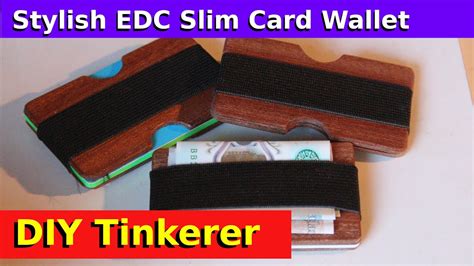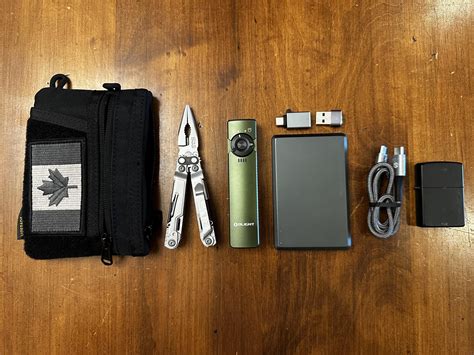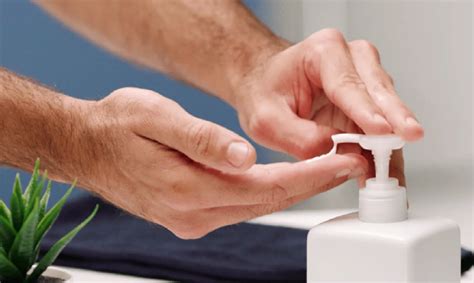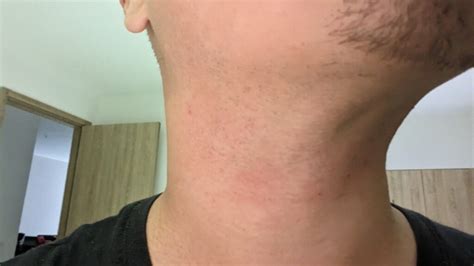What’s the optimal shave technique to eliminate razor burn & ingrowns for peak skin performance?

Unlock Your Best Shave: A Guide to Eliminating Irritation
For many, shaving is a daily ritual fraught with the potential for discomfort. Razor burn, unsightly ingrown hairs, and general skin irritation can turn a simple grooming task into a frustrating ordeal. However, achieving a smooth, irritation-free shave isn’t about expensive gadgets; it’s about mastering a few fundamental techniques and understanding your skin. This comprehensive guide will walk you through the optimal shave routine designed to deliver peak skin performance, leaving you with a comfortable, healthy complexion.

1. The Foundation: Meticulous Pre-Shave Preparation
A great shave begins long before the blade touches your skin. Proper preparation softens the hair, opens pores, and creates a protective barrier, significantly reducing friction and irritation.
- Warm Water Immersion: The best first step is to shave after a hot shower or to apply a warm, damp towel to your face for a few minutes. Heat and steam soften your beard hairs, making them easier to cut and less likely to tug.
- Gentle Exfoliation: Consider a mild facial scrub 1-2 times a week, or at least before your shaves. This removes dead skin cells that can trap hairs and cause ingrowns. Be gentle, especially if you have sensitive skin.
- Pre-Shave Oil: A thin layer of pre-shave oil creates an additional slick barrier between the blade and your skin, providing extra lubrication and reducing drag.
- Rich Lather: Use a high-quality shaving cream or soap, applied with a brush for optimal lift and coverage. A thick, creamy lather hydrates the hairs further and acts as a cushion for the blade. Let it sit on your face for a minute or two before shaving.
2. The Act: Mastering the Blade Technique
With your skin prepped, the actual shave becomes a delicate dance between precision and gentle pressure. This is where most common mistakes occur.
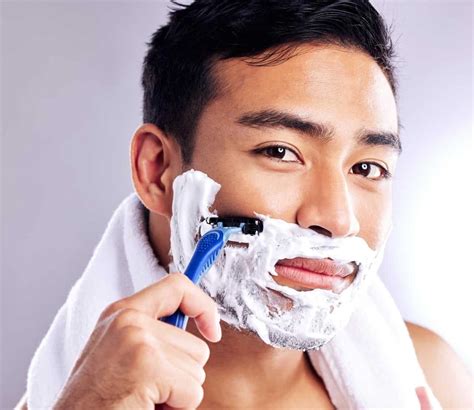
- Sharp Blade is Non-Negotiable: A dull blade is the primary culprit behind razor burn and tugging. Change cartridge blades every 5-7 shaves (or sooner if you feel tugging), and double-edge safety razor blades after 2-3 shaves.
- Shave With the Grain (First Pass): Always start by shaving in the direction your hair grows. This is the least irritating pass and significantly reduces the chance of ingrown hairs. You might not get a perfectly smooth shave on the first pass, and that’s okay.
- Light Pressure: Let the weight of the razor do the work. Pressing down too hard causes the blade to cut too closely, irritating follicles and leading to nicks and razor burn.
- Short, Controlled Strokes: Use short, deliberate strokes (about 1-2 inches), rinsing your blade frequently under warm water to clear away hair and cream.
- Re-Lather for Subsequent Passes: If you desire a closer shave, re-lather your face fully. For a second pass, you can go across the grain (perpendicular to hair growth), but never against the grain if you’re prone to irritation or ingrowns.

3. The Finish: Post-Shave Perfection
What you do immediately after shaving is just as crucial for preventing irritation and promoting healthy skin.
- Cold Water Rinse: After shaving, rinse your face thoroughly with cold water. This helps to close pores and soothe the skin.
- Alum Block (Optional): If you’re prone to redness or nicks, gently glide a wet alum block over your face. It acts as a natural antiseptic and astringent, helping to tone the skin. Rinse it off after a minute.
- Alcohol-Free Aftershave Balm: Skip harsh alcohol-based aftershaves that can dry out and irritate your skin. Opt for a soothing, hydrating balm that contains ingredients like aloe vera, witch hazel, or shea butter to calm and moisturize.
- Moisturize: Follow up with a good quality facial moisturizer, even if your aftershave balm is hydrating. This locks in moisture and protects your skin throughout the day.
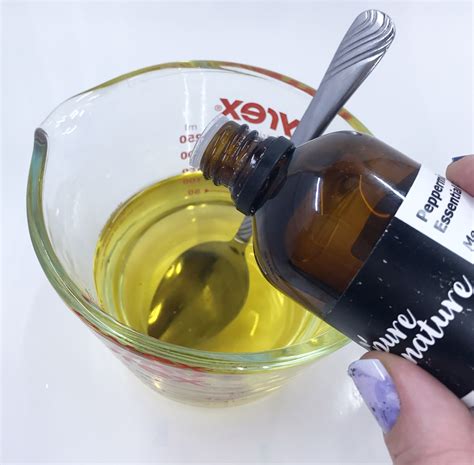
4. Combatting Ingrown Hairs and Razor Burn Long-Term
Even with perfect technique, some persistent issues might require ongoing attention.
- Regular Exfoliation: Continue gentle exfoliation a few times a week to keep dead skin cells from trapping new hair growth.
- Avoid “Stretching” Skin: While shaving, resist the urge to pull your skin taut, as this causes the blade to cut hairs below the skin surface, increasing the risk of ingrowns when the hair tries to grow back.
- Loose Clothing: If you shave body hair, avoid tight clothing immediately after, as friction can exacerbate razor burn and ingrowns.
- Treatments for Existing Issues: For stubborn ingrowns, look for topical treatments containing salicylic acid or glycolic acid to gently exfoliate and release trapped hairs. Never pick or dig at ingrowns, as this can lead to infection and scarring.
- Consider Different Razor Types: If persistent issues remain, a single-blade safety razor or an electric shaver might be a better option for your skin type, as they tend to be less aggressive than multi-blade cartridges.

Conclusion: Your Path to a Flawless Face
Achieving peak skin performance and banishing razor burn and ingrown hairs is entirely within reach with a thoughtful and disciplined approach to your shave. By prioritizing meticulous preparation, mastering gentle blade technique, and committing to proper post-shave care, you’ll transform shaving from a chore into an enjoyable part of your grooming routine, revealing smooth, healthy, and irritation-free skin every single time.
